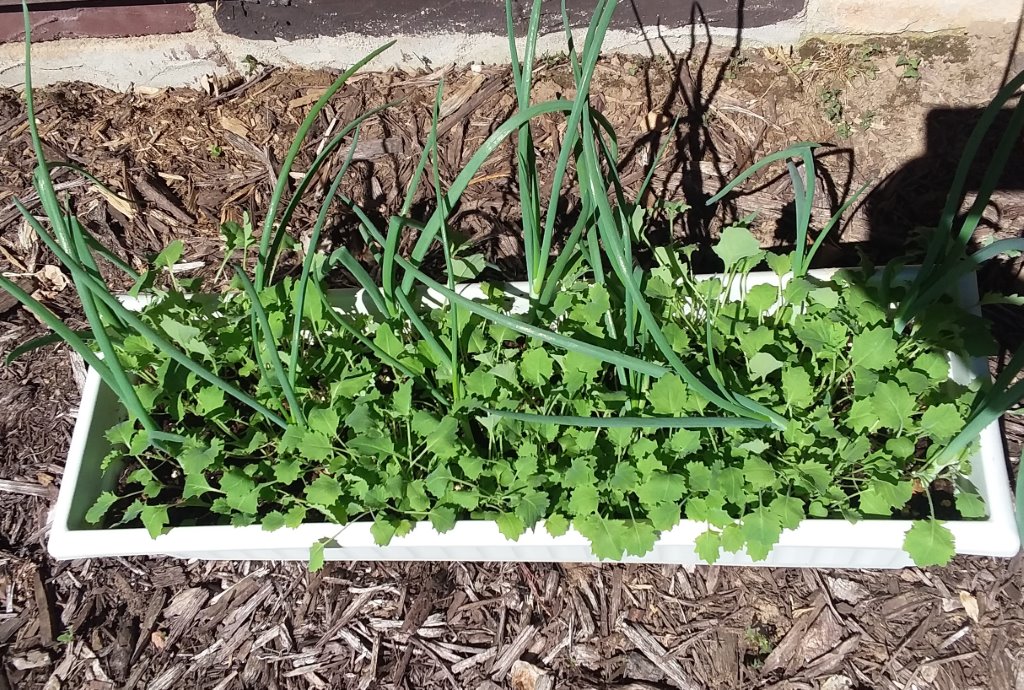Use Smart Gardening practices to help vegetables stress less
Use these wise water use strategies for vegetable gardening success.

As the summer sun beats down providing necessary energy for plant growth, consider a number of Smart Gardening practices from Michigan State University Extension to find the most success in your vegetable gardens. Helping your plants stress less from fluctuations in soil temperature to soil moisture and variations in air temperature is key to having healthy and fruiting crops throughout the season. These practices focus around wise water use that not only helps environmentally with water conservation but also reducing water cost to you.
Why Smart Gardening for wise water use?
Water is essential to plant growth. Often overlooked by gardeners yet most importantly is how to properly water. Watering vegetables properly can help gardeners avoid some common problems that often arise. Some problems include blossom end rot, powdery mildew and small harvests. Using water conservatively and making use of wise water practices will make you more prepared for possible drier growing seasons and save you time and money.
How to water
Helping your plants develop deep roots will make them better able to withstand drought periods and therefore stress less. Less stressed plants are less likely to be susceptible to pests and diseases. So, water well, making sure the soil is moist to at least a 6-to-8-inch depth with established plants. Most vegetables will require at least 1 inch of water per week. Try to avoid “feast or famine” conditions by being consistent with your watering. Vegetables will require even more when they are developing fruit, e.g., tomatoes, cucumbers and melons.
See some tips for monitoring the output of your watering devices in “Smart watering in your vegetable garden” from MSU Extension. Water all plants at their base. Your vegetables are going to absorb the majority of their water via their roots. Overhead watering is only inviting disease to happen.
When to water
Water earlier in the day if possible so that any foliage that does get wet can dry out before evening. Some plants, especially if they are in hanging baskets, raised beds or containers, may require watering more than once daily. They will tend to dry out faster since they have multiple sides exposed to the air, so observe your plants and feel the soil to determine watering needs. For baskets and containers, always make sure soil is entirely moist and water exits through drainage holes.
What are other water wise practices?

Make use of a 3-inch layer of an organic mulch like shredded leaves, pine needles or straw. This will reduce the amount of water that evaporates from the soil, thus reducing amount of water needed. It also will reduce soil temperature fluctuations, which cause stress on your plants, therefore it reduces stress on your plants. Healthy plants are more resilient to pests and diseases.
Plant a living mulch, for example lettuce or spinach, around another developing vegetable. The living mulch will help shade the soil, thus creating a more even soil temperature. It also outcompetes weeds. This practice allows you to use multiple dimensions of your garden space, i.e., the soil layer where the living mulch is developing and the lower soil layer, where the deeper roots will develop. A third dimension to this would be adding a trellis and a taller crop.
It is not too late to put some of these water wise strategies to work for you. For more information on a wide variety of Smart Gardening topics, visit the Gardening in Michigan website or call MSU’s toll-free Lawn and Garden Hotline at 1-888-678-3464.



 Print
Print Email
Email